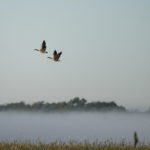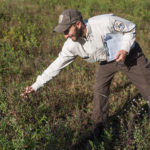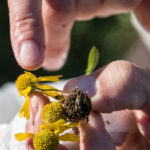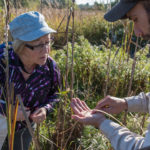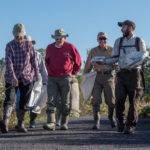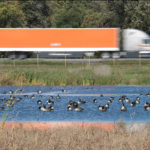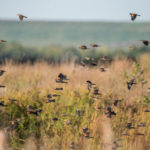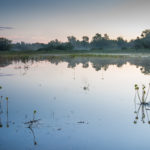Getting his Boots Wet
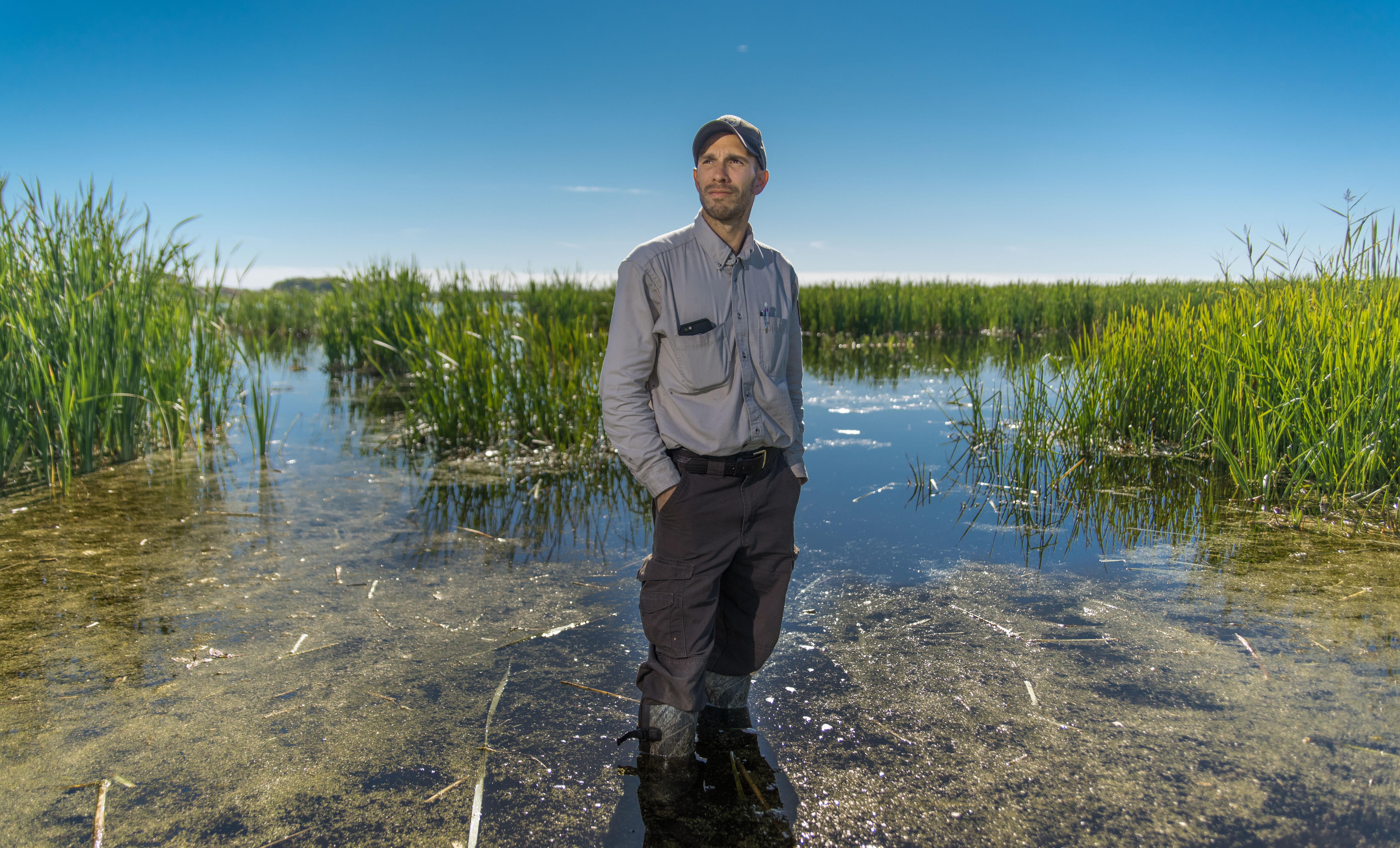
Driving on one of the busiest highways in central New York, near towns, cities and farms, it’s hard to imagine that amongst all that, you’re also driving through 8,000 acres of man-made wetlands. Land that at times of the year can house over 100,000 birds of several different species.
The wetlands were originally created more than 10,000 years ago and were considered one the most productive marshes in North America.
There were no dramatic changes to the marsh, until development began in the 19th century. With the need for faster transport of goods in and out of the area, a series of canals that included the Erie Canal and the State Barge Canal were constructed. The widening and construction of the canals in 1910, effectively lowered water levels by eight to ten feet, which created a massive drainage of the wetlands.
In 1938, by executive order of President Franklin D. Roosevelt, the refuge known today as the Montezuma National Wildlife Refuge was established. The wetlands have since been maintained by people who care about the environment.
Nick Vermuelen is one of the people who looks after the refuge. He is a biological technician at Montezuma, who spends most of his time caring for the natural habitat of the wetlands.
“It’s nice to be working close to home; when I get up in the morning it’s never like I’m going to work, it’s going out having fun and enjoying the day,” Vermuelen, a Montezuma area native said.
Vermuelen has been working at the refuge since 2012, where his job includes fighting invasive plant and animal species and planting trees. He also maintains the overall health of the wetlands by monitoring the proper water levels of the marsh.
“Being out here in the field, my office, this is the best part of my job,” Vermuelen said. “That and working with the volunteers, to see how much effort they put into the refuge and don’t get paid for it.”
Vermuelen is referring to the Montezuma Alliance for the Restoration of Species and Habitats (M.A.R.S.H), a volunteer group that helps and supports the refuge by volunteering its time and labor. Under Vermuelen’s supervision, the volunteers help out with seed collection, tree planting and cutting down invasive species.
The volunteers are composed mostly of retirees who love the outdoors and enjoy spending time at the refuge.
The group collectively wants a safe space for the birds and other wildlife, as well as conserving the area for generations to come. The M.A.R.S.H. group saves the refuge thousands of dollars yearly.
“We wouldn’t get half of what we need to get done without them,” said Vermuelen. “They are an invaluable resource, and they take pride in what they do.”
Montezuma is a place where people can get away from everyday busy life. There you can find beautiful sunrises and sunsets, amazing scenery, fresh air and the music of thousands of birds singing. It’s not only a safe haven for birds, but it’s also a haven of peace for those who visit the refuge.
